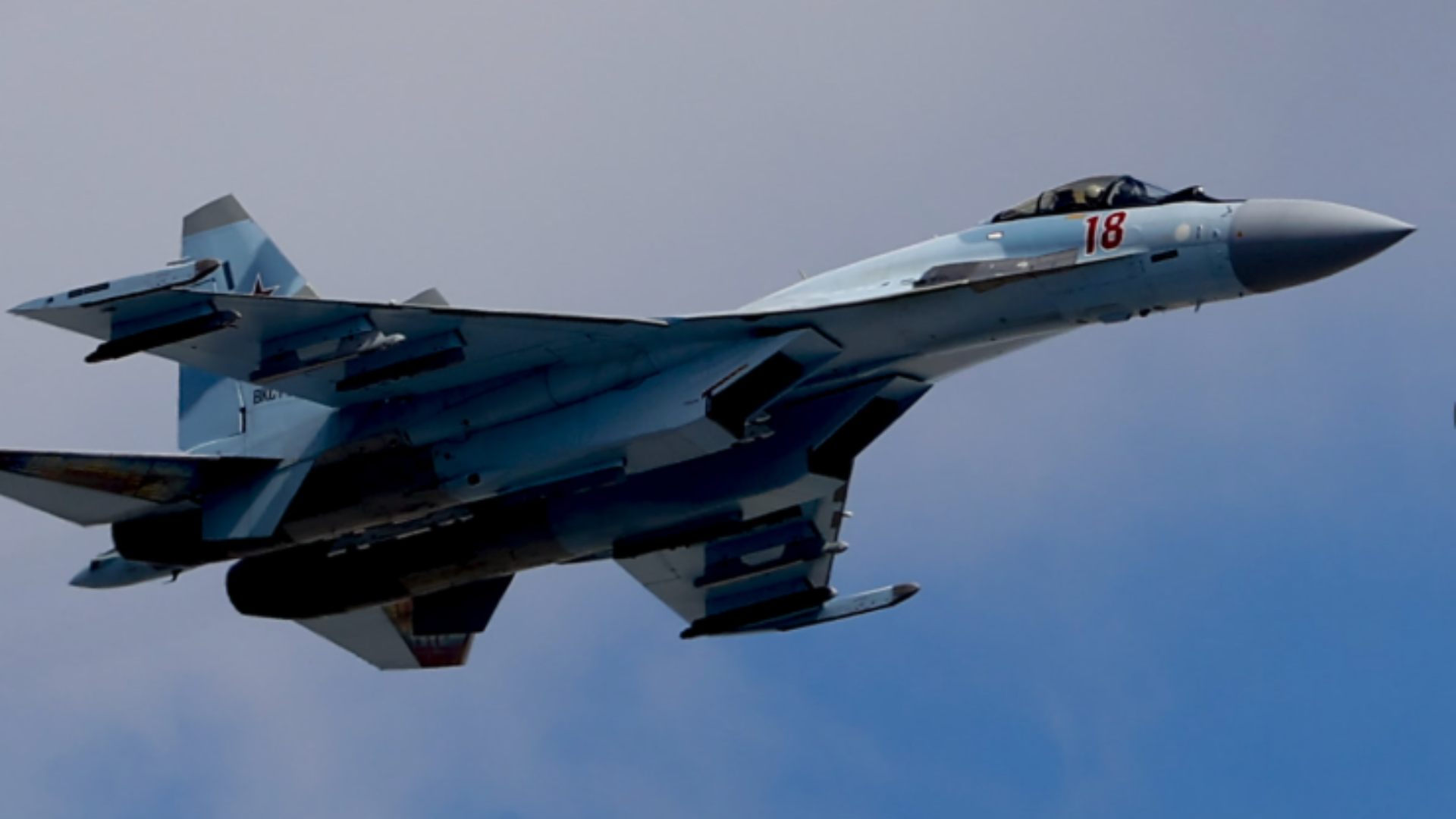Consolidated PBY Catalina: Maritime Patrol Bomber of United States Navy
The aircraft for today is the Consolidated PBY Catalina which is also known by its names as Casno when it was employed for Canadian service is the American made Flying Boat and later used as an amphibious aircraft under production of 1930s and 1940s. The aircraft was manufactured by a company named Consolidated Aircraft. The Consolidated PBY Catalina holds the title for being one of the most used flying boats and seaplanes during the World War II conflict. Consolidated PBY Catalina is also among few of the aircraft that served almost all of the branches of the United States Army as well as with navies and air forces of many other countries.

The Consolidated PBY Catalina was used for numerous roles by its operators during the World War II mainly for ASW, patrol bombing runs, search & rescue and convoy escort missions and in some cases for cargo transport. The aircraft was retired by US Army back in the late 1950s with other operators retiring it in the early 1980s. Despite its retirement some of them are in fly worthy conditions and are used as water bomber for the aerial firefighting roles in some countries.

Designation “PBY” of Consolidated PBY Catalina:-

The Consolidated PBY Catalina has the designation of “PBY” as per the US Navy Aircraft Designation System of 1922. The “PB” in this designation stands for the Patrol Bomber role while the “Y” designation is the code that was assigned to the aircraft’s manufacturer named Consolidated Aircraft. Some of the Consolidated PBY Catalinas that were built under license for other operators were given different designations like Canadian Vickers PBV, PB2B and the PBN.
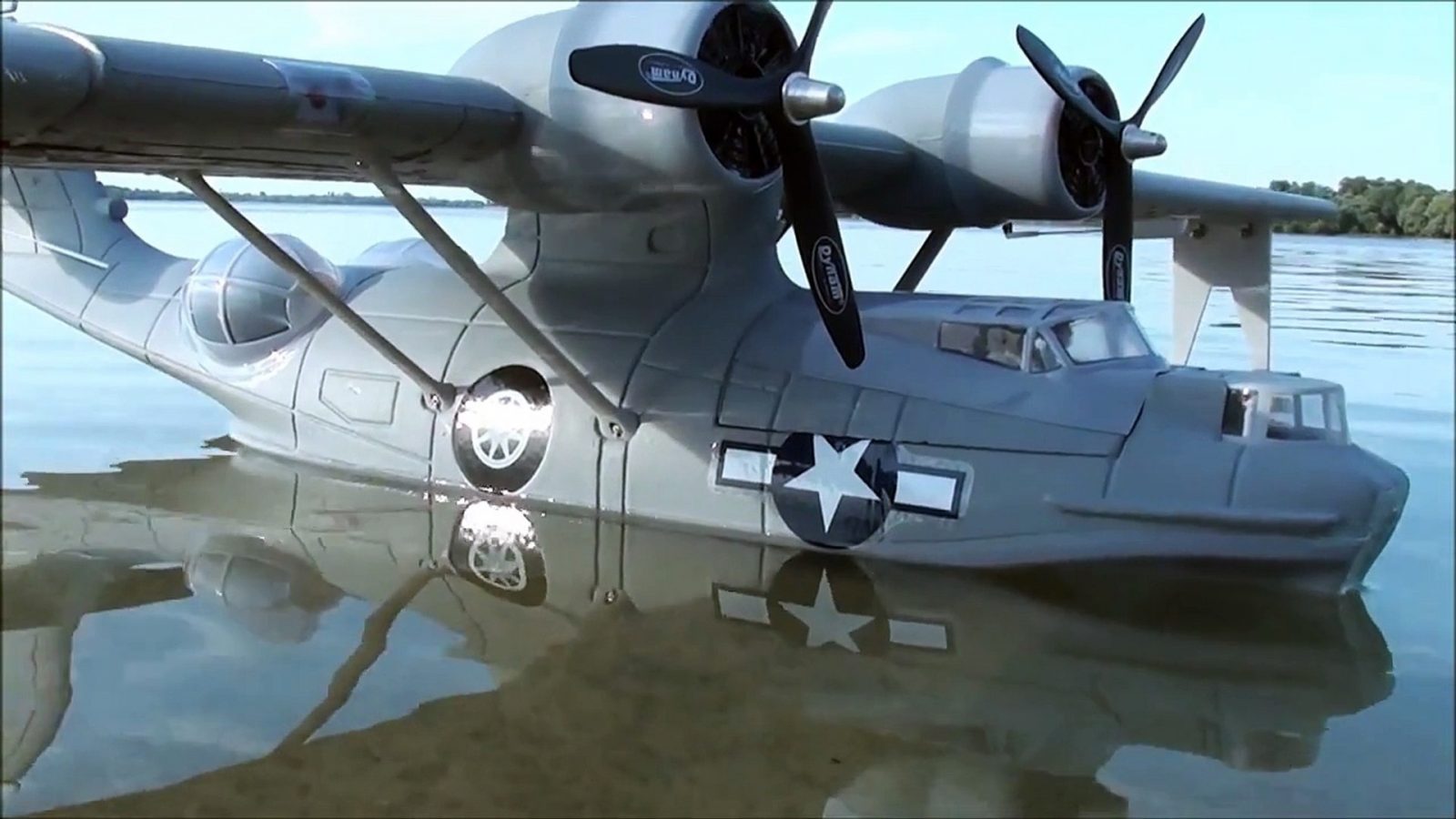
Even the Consolidated PBY Catalina aircraft that were employed for service by Royal Canadian Air Force are named as Casno after the name of the town located in Nova Scotia.
Origin:-
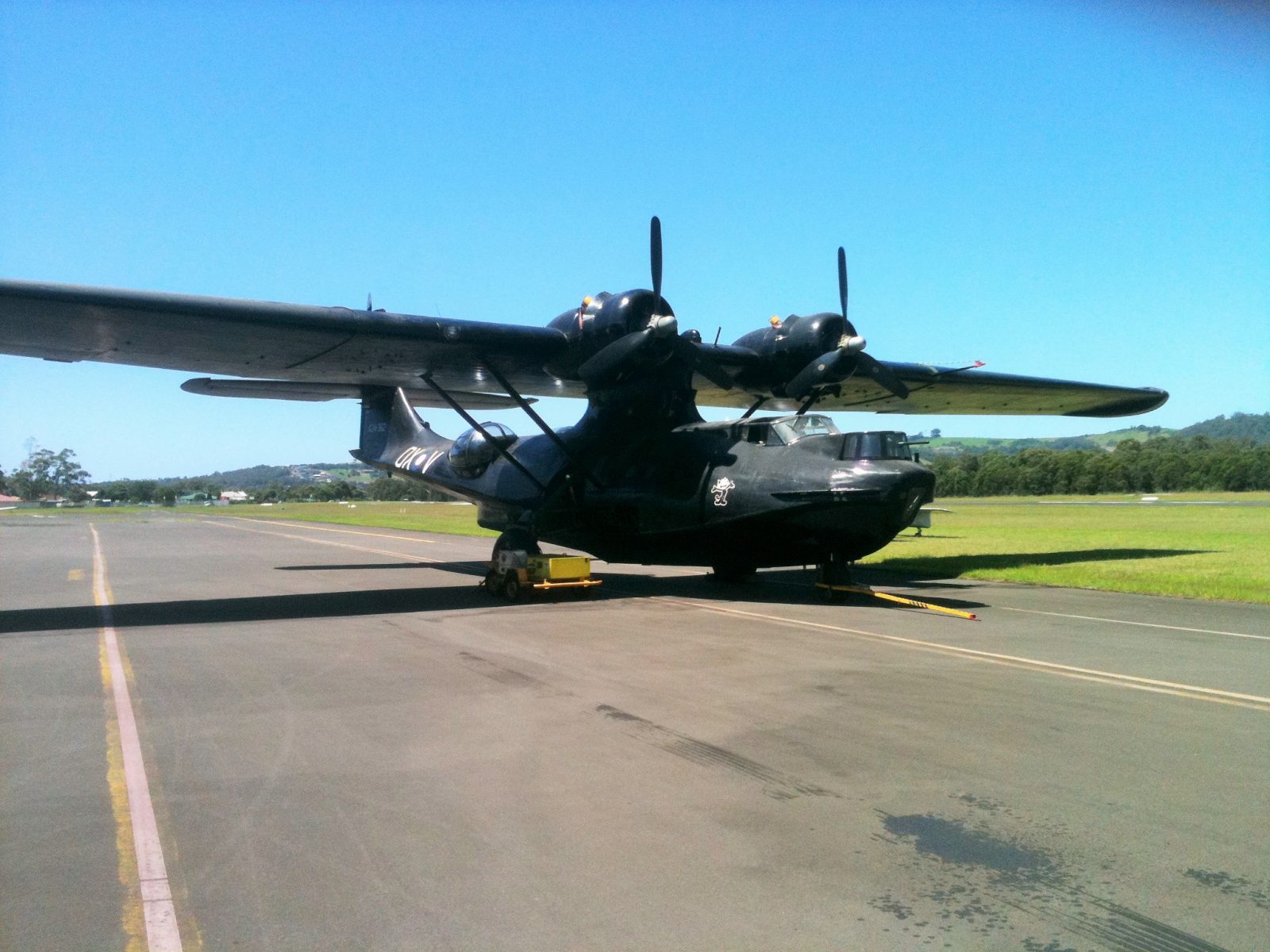
The origin of the Consolidated PBY Catalina comes from the time when US Navy was considering a conflict soon to occur in the Pacific Ocean where there troops would require the supply of resources from great distances. This dates back to even 10 years before the war broke out in 1930 when US Navy poured in millions for developing the flying boats with long ranges. Many design models were presented but among them Consolidated PBY Catalina made itself distinguishable.

The pilots of the Consolidated PBY Catalina even went on to give the aircraft nicknames like Cat or Dumbo during the combat and aerial-sea rescue missions.
First Prototype and First Flight:-
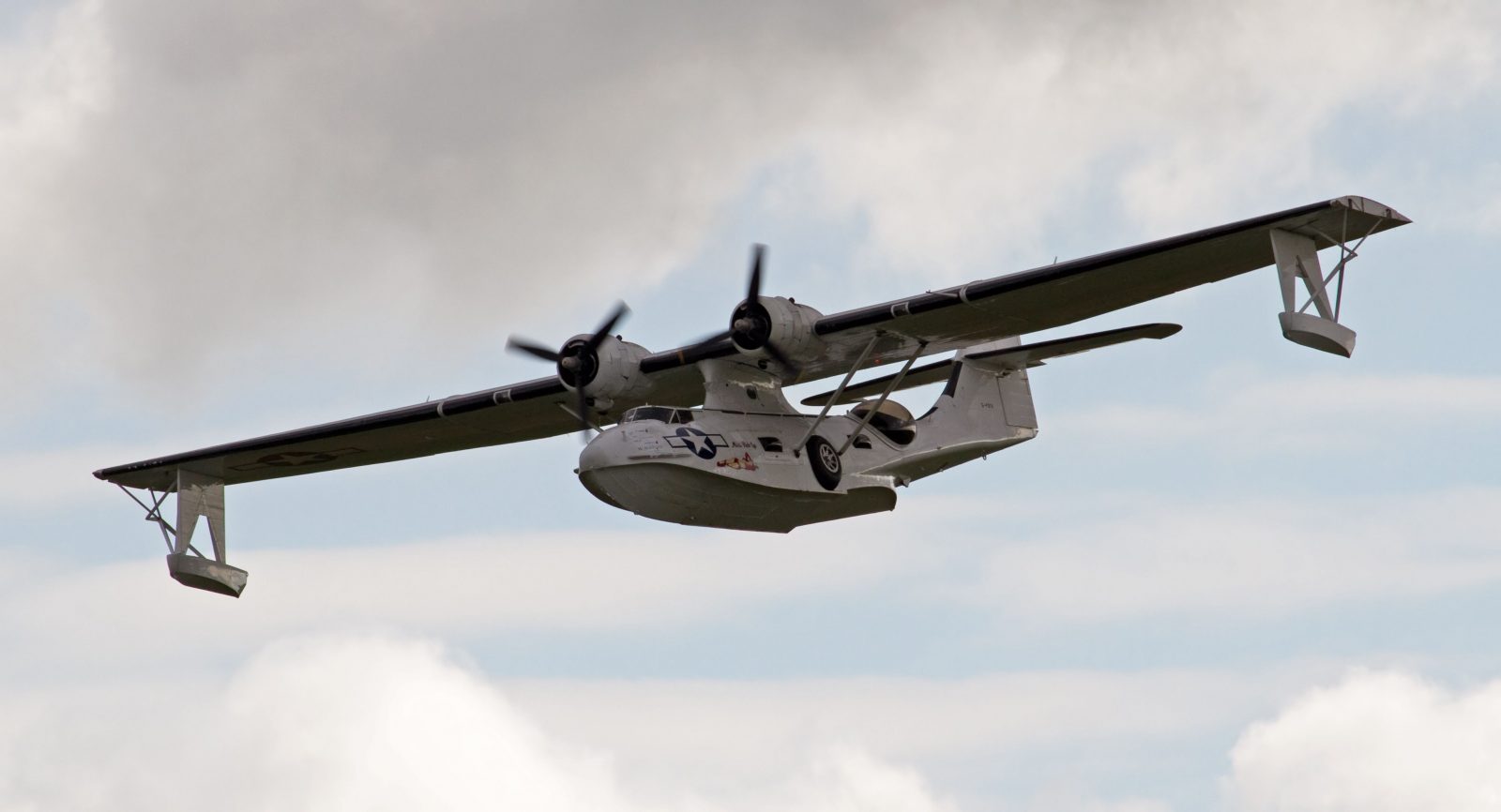
The first prototype of the Consolidated PBY Catalina by its manufacturer was designated as XP3Y-1 which was completed back in 1935. Another major competitor for this US Navy contract was the Douglas Aircraft but Navy steered towards Consolidated’s design due to the project cost being only 90000 dollars per aircraft.
The first flight of the Consolidated PBY Catalina took place back on March 28th 1935 after which the aircraft was handed over to US Navy for trail service.
Powerplant & performance:-
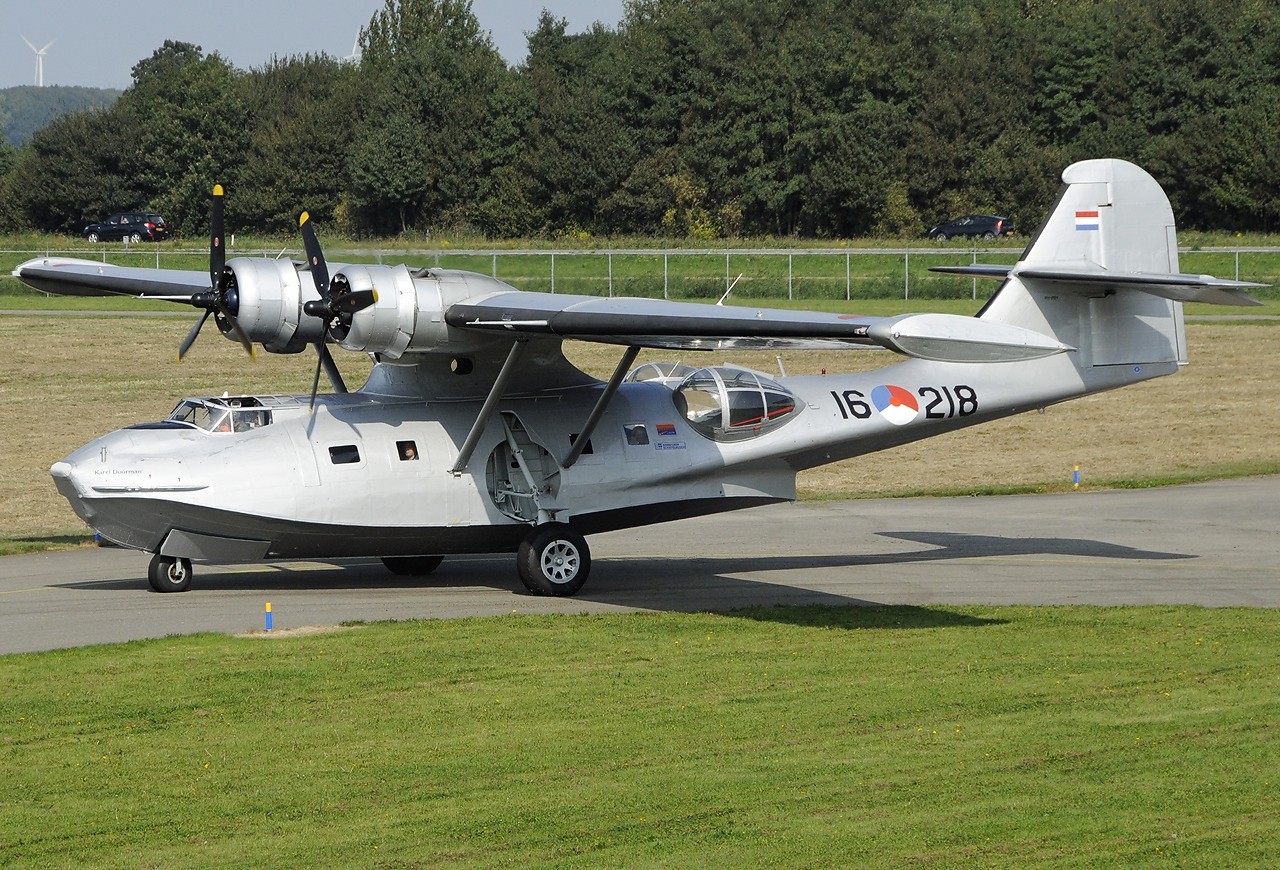
For power, the Consolidated PBY Catalina was fitted with 2 of the Pratt & Whitney R-1830-92 Twin Wasp radial position engines which would output about 1200 HP each. These engines were fitted on the aircraft along with its leading wing edges which would provide the clearance against the air of the salty sea. This much power generation allowed for the Consolidated PBY Catalina to fly at a top speed of about 195 mph for a ferry range of about 2520 miles at a service ceiling of approximately 16000 feet.
Armaments:-
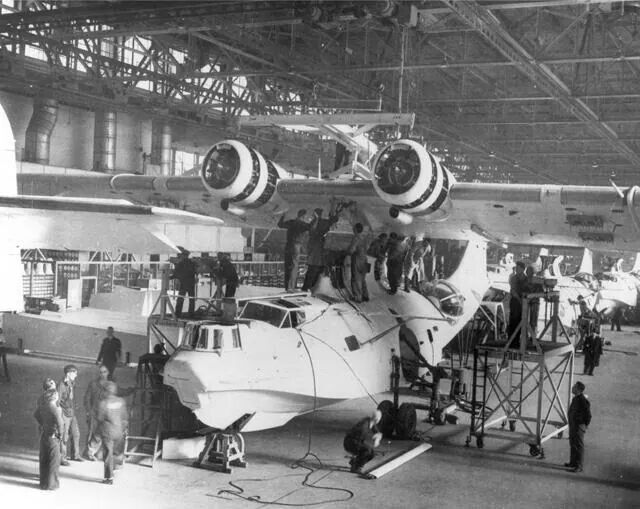
The Consolidated PBY Catalina consisted of the standard armament configuration of 3 machine guns of 0.30 calibers each; with two of them fitted at its nose section and one at its tail section’s ventral side. The aircraft also donned 2 of the heavy machine guns of 0.50 calibers fitted at each of its beams.
As for additional mission specific munition load, the aircraft could carry a store of about 4000 lbs which included following munitions.
- Depth charges used most often
- Torpedoes
- Drop bombs
- Anti-Ship missiles
Service in World War II:-

A total of 3300 of the Consolidated PBY Catalina aircraft were manufactured and nearly all of them served their numerous roles during the World War II. The Consolidated PBY Catalina served with prominence with its each operator and especially US in their fight against Japanese. The most considerable service carried out by the Consolidated PBY Catalina was during the Pacific Ocean’s first year of the World War II. The roans for this was that at that time only Boeing B-17 Flying Fortress and the Consolidated PBY Catalina were the only aircraft that could gain effective range in the Pacific Ocean.
Commercial Use “The Flight of Double Sunrise”:-
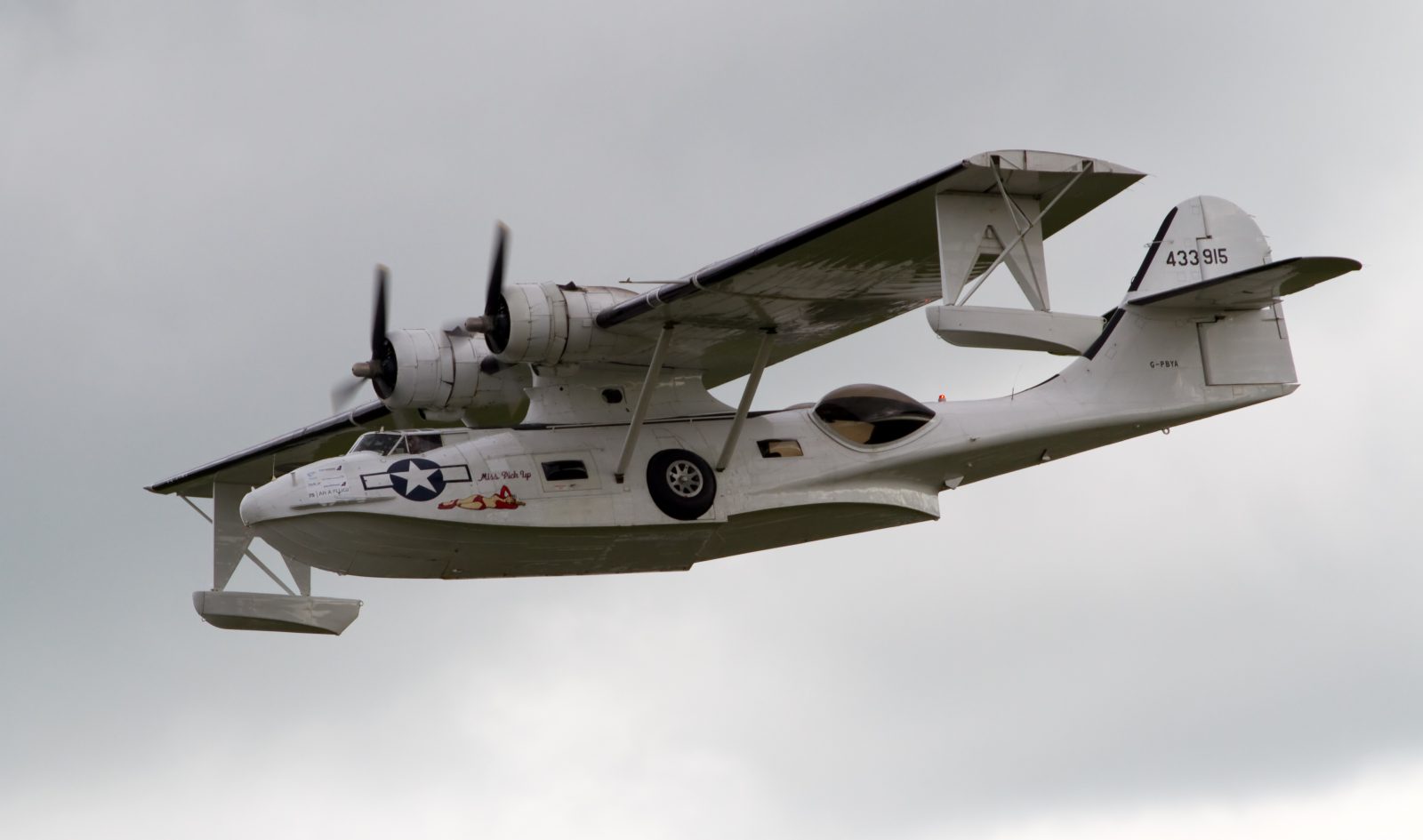
Some of the Consolidated PBY Catalina aircraft were also used by the Airlines for the commercial aerial travels. One of them was the Qantas Empire Airways which took passengers from Suva to Sydney for a journey of 2060 miles which the aircraft completed in 2 days back in 1949.
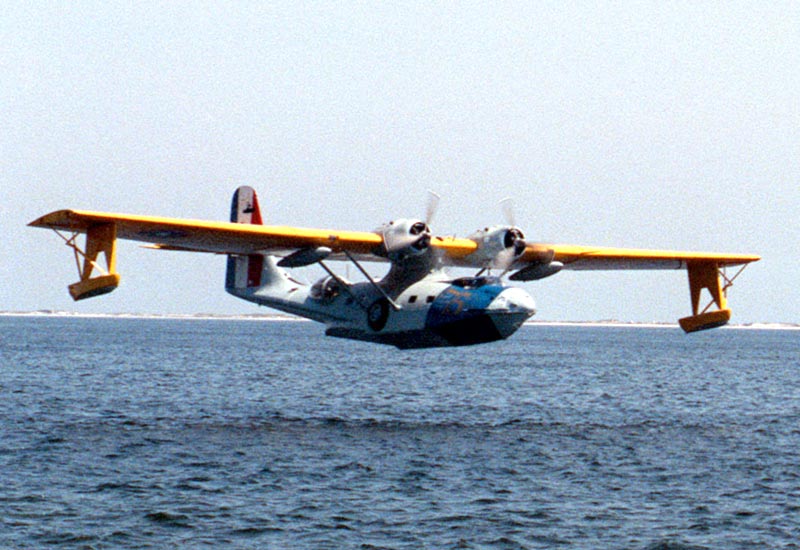
The longest commercial flights when talking about the time aircraft remain aloft was also made on a Consolidated PBY Catalina starting from back on June 29th 1943 until July of 1945. These flights were dubbed as Double Sunrise and were made over the Indian Ocean. The service was provided by Qantas for a non-stop flight from Perth to Colombia; covering distance of about 3592 miles. The flight took about 24 to 32 hours and was often called as Flight of the Double Sunrise as the passengers often saw 2 sunrises during this flight.
Catalina Affair:-
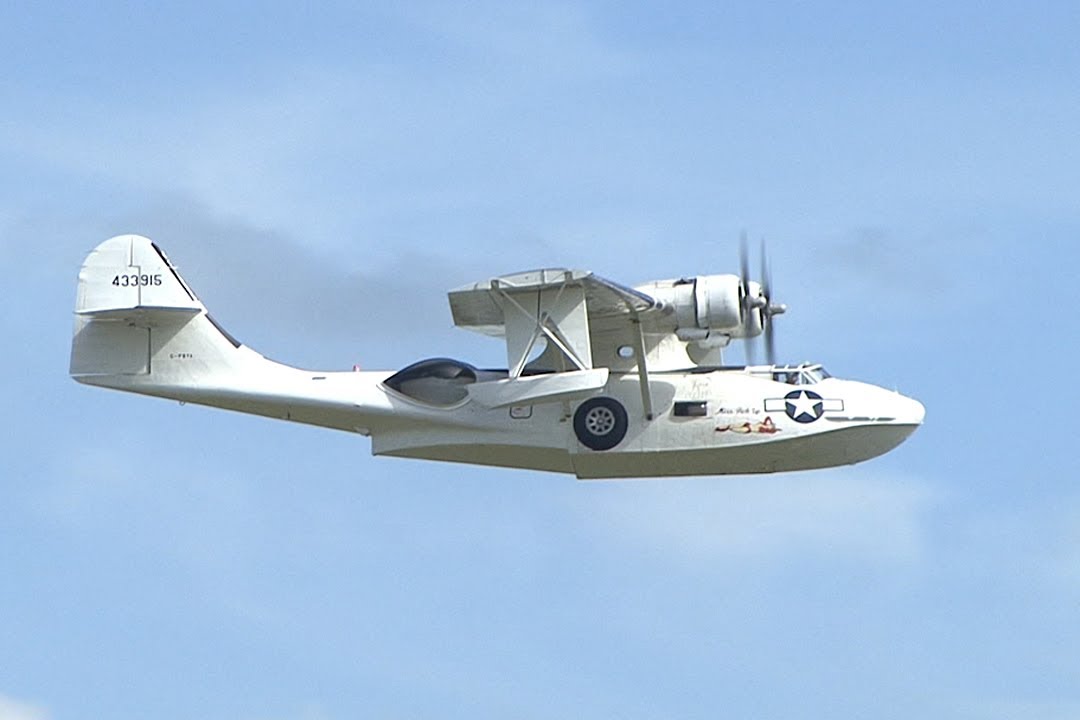
In the Cold War history there is an incident which is named Catalina Affair which is related to a Consolidated PBY Catalina. During this incident of Cold War, a Swedish Air Force’s Consolidated PBY Catalina was fighting over the Baltic Sea when it was shot down by Soviet Forces back in June of 1952. The aircraft was investigating the disappearance of another Swedish Air Force aircraft, the Douglas DC-3. The aircraft after being shot down went missing and was found back in 2003 and was taken out of the sea in 2005.
Retirement:-
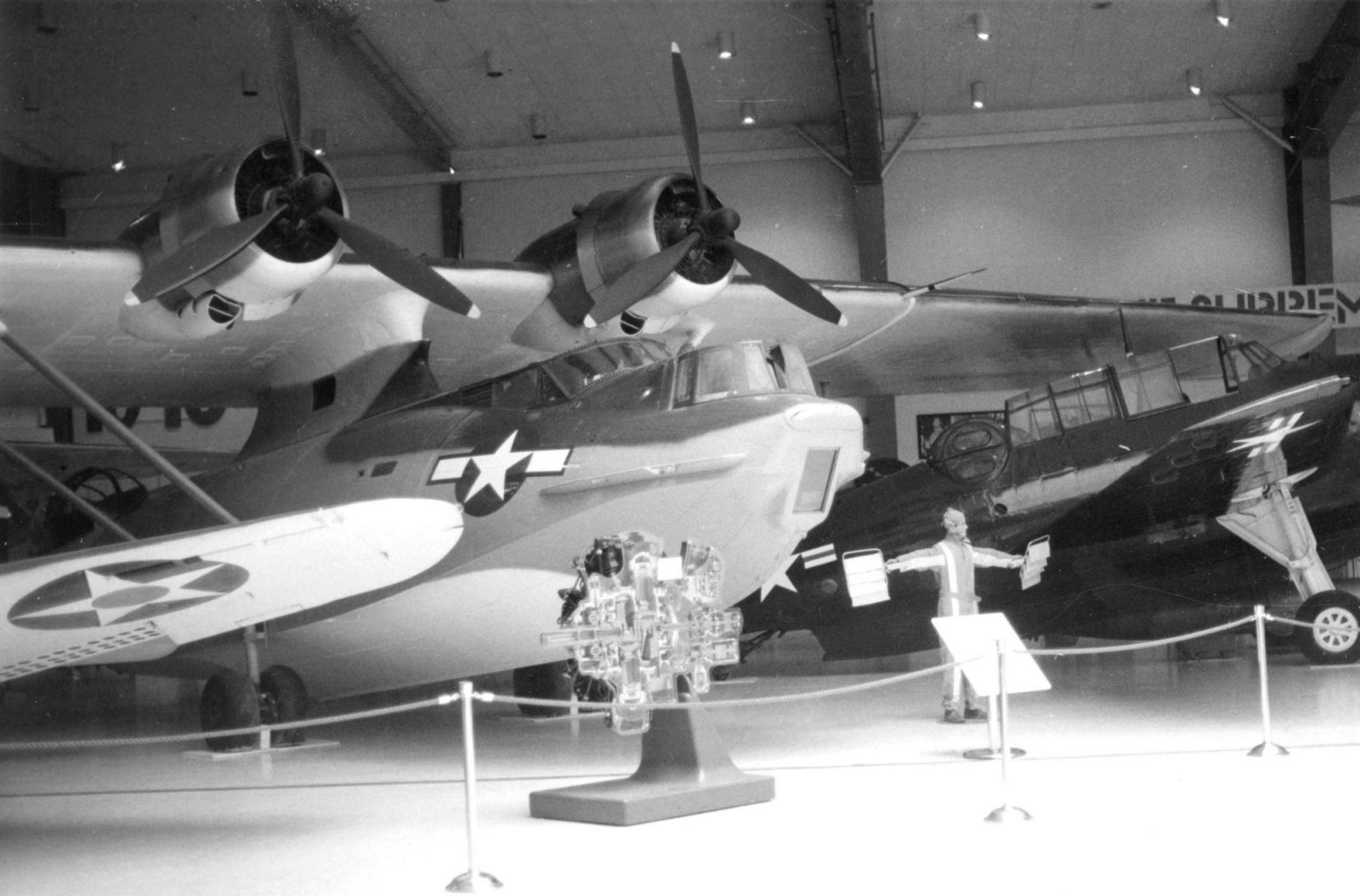
The Consolidated PBY Catalina was retired by the US Army’s all branches back in January of 1957 while its last operator was the Brazilian Air Force which retired their fleet back in 1979.
Related Content
de Havilland Canada DHC-2 Beaver: Civilian STOL (Short Take-Off landing) Utility Transport Aircraft
Douglas C-133 Cargomaster: Turboprop Cargo Transport Aircraft
Share this content:


